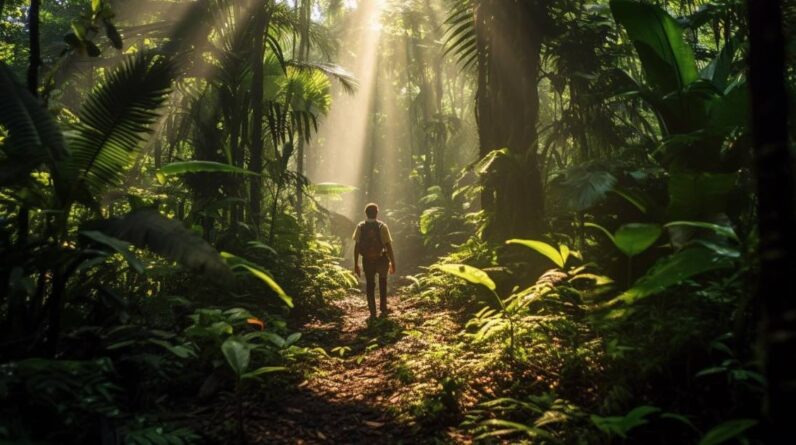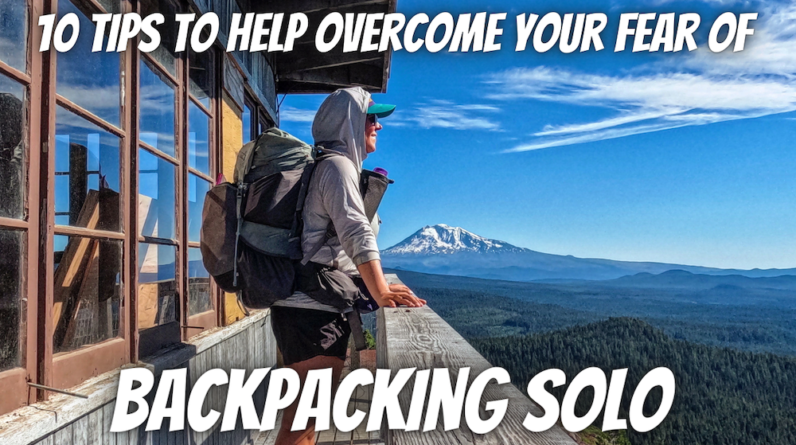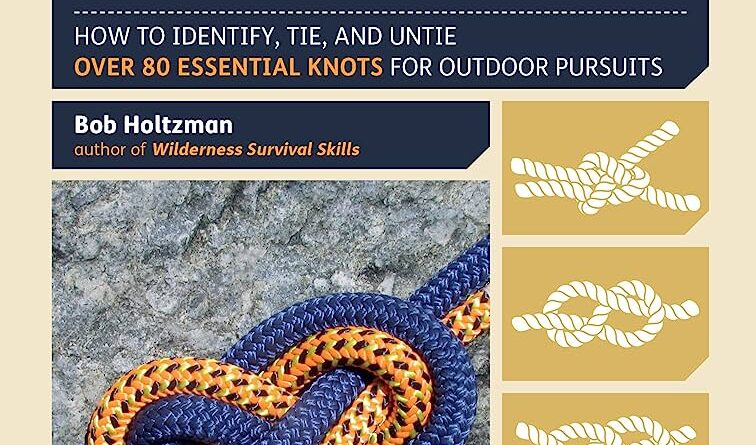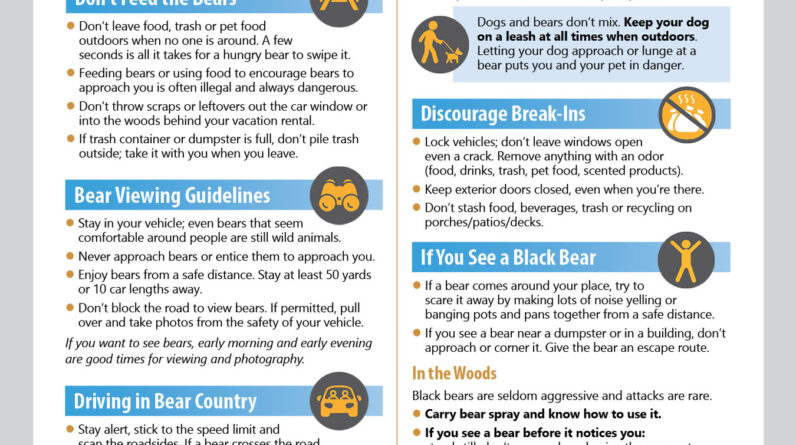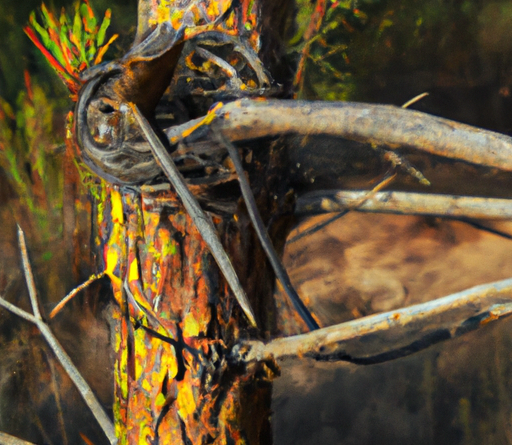
Understanding Wilderness Survival
Surviving in the wild with minimal equipment is a skill that every outdoor enthusiast should possess. In order to truly master the art of wilderness survival, it is crucial to understand the importance of wilderness survival skills and the key principles that guide them.
The Importance of Wilderness Survival Skills
When venturing into the unknown, it is vital to have a solid foundation of wilderness survival skills. In unpredictable situations where resources are scarce and help is far away, these skills become your lifeline. From starting a fire to finding and purifying water, to building a shelter and identifying edible plants, each skill equips you with the necessary tools to survive and thrive in the wilderness.
Key Principles of Wilderness Survival
There are a few key principles that underpin wilderness survival. Firstly, adaptability is key. The ability to assess and adapt to changing circumstances is imperative in the wild. Secondly, resourcefulness is crucial – making the most of what you have and finding alternative solutions to problems is essential. Lastly, a positive mindset is vital. Maintaining a calm and positive mindset drastically improves your chances of survival, as panic and fear can cloud judgment and hinder decision-making.
By understanding and applying these principles, you can navigate the challenges of wilderness survival with minimal equipment and emerge victorious. So, gear up, equip yourself with knowledge, and embark on an adventure with the confidence that you have the skills to conquer the wild.
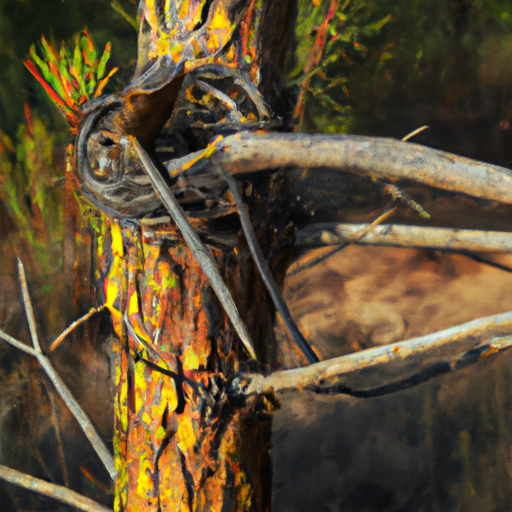
Assessing Your Survival Situation
Surviving in the wild with minimal equipment can be a daunting task, but with the right knowledge and mindset, you can conquer any challenge nature throws your way. Before diving into the specifics of wilderness survival, it is crucial to assess your survival situation. This involves analyzing the surrounding environment, determining available resources, and understanding the potential risks.
Analyzing the Surrounding Environment
Take a moment to observe your surroundings. Look for any landmarks or natural formations that can help you navigate. Is there a nearby water source? Are there any signs of wildlife? Understanding the lay of the land will give you a better idea of where to set up camp or build a shelter.
Determining Available Resources and Risks
Now that you have assessed the environment, it’s time to determine the available resources and risks. Are there edible plants or fruits in the area? Can you find dry wood for a fire? On the other hand, are there any dangerous animals or poisonous plants you need to be aware of? By identifying the resources at your disposal and recognizing potential risks, you can make informed decisions to ensure your survival.
In the wild, every decision matters. By properly assessing your survival situation, you increase your chances of successfully navigating through the wilderness with minimal equipment. Remember to stay calm, think critically, and adapt to the circumstances around you.

Building a Shelter
When it comes to wilderness survival, one of the first tasks you’ll need to tackle is building a shelter. Finding the right location for your shelter is crucial, as it can provide the protection and safety you need to withstand the unpredictable elements of the wilderness. The ideal location is on flat ground, away from potential hazards like falling rocks or dead trees. Look for natural features that can offer additional protection, such as a dense grove of trees or the cover of a cliff.
Choosing the Right Location for Shelter
Once you’ve found a suitable location, it’s time to construct your shelter. Depending on the available resources and your skill level, you can choose from different types of shelters. The lean-to shelter is a popular choice, consisting of a slanted roof supported by a ridgepole and anchored with branches. Another option is the debris hut, which involves creating a framework using sturdy branches and covering it with an insulating layer of leaves, grass, or other natural materials.
Constructing Various Types of Shelters
Regardless of the type of shelter you choose, make sure it is sturdy and well-insulated to protect you from cold winds, rain, or snow. Take the time to gather the necessary materials and pay attention to the details when constructing your shelter. Be resourceful and utilize the natural materials available in your surroundings, such as fallen branches, leaves, and rocks. Remember, your shelter will be your sanctuary in the wild, providing much-needed rest and protection from the elements.
Finding and Purifying Water
When you find yourself in a wilderness survival situation with minimal equipment, one of the most critical skills to master is finding and purifying water. Without access to clean water, your chances of survival decrease significantly. In this section, we will explore effective methods for identifying water sources and purifying them to make them safe for consumption.
Identifying Water Sources
In the wild, water can often be found in various forms. Look for streams, rivers, lakes, or natural springs. Water is more likely to be available in low-lying areas, so pay close attention to valleys and depressions. Keep an eye out for signs of animal activity, as they often lead to water sources. Additionally, vegetation such as cattails and willows are indicators of nearby water.
Methods for Purifying Water
Once you have located a water source, it is crucial to purify it before drinking. Boiling water is the most effective method, but if you do not have a container or a means to create fire, there are other options. Using a portable water filter or purification tablets can also help eliminate harmful bacteria and viruses. Additionally, constructing a simple filtration system with sand and charcoal can reduce impurities.
Remember, finding and purifying water is a continuous process in the wild. Stay vigilant and always prioritize staying hydrated to ensure your chances of survival.
Obtaining Food in the Wild
When it comes to wilderness survival with minimal equipment, one of the most crucial skills you need to master is finding food. In the vast expanse of the wilderness, your ability to forage and hunt will determine your chances of survival. Fortunately, nature provides a plethora of edible plants and various hunting and trapping techniques that you can employ to sustain yourself.
Foraging for Edible Plants
Knowing how to identify edible plants is key. Familiarize yourself with the region’s native flora and learn to distinguish between safe and toxic plants. Look for common edible plants like dandelions, cattails, nettles, and berries. Remember to thoroughly research and practice identifying these plants beforehand to avoid any potential dangers.
Hunting and Trapping Techniques
In the absence of modern hunting tools, you need to rely on your ingenuity and resourcefulness. Learn basic techniques such as making snares, constructing traps, and honing your tracking skills. You can capitalize on natural elements like rocks, sticks, and foliage to create simple yet effective hunting tools. Patience, persistence, and knowledge of animal behavior will greatly increase your chances of catching game.
By understanding the art of foraging and honing your hunting and trapping techniques, you can effectively obtain food in the wild, ensuring your survival in challenging situations.
Navigating in the Wilderness
When you find yourself in the wilderness, knowing how to navigate safely is essential. Without the aids of modern technology, you must rely on your instincts and the resources available to you. One method of navigation is by using natural landmarks and celestial navigation.
Using Natural Landmarks and Celestial Navigation
Observing the landscape around you can provide valuable information for navigation. Look for distinctive features such as mountain peaks, rivers, or distinctive trees. By memorizing these landmarks or creating mental notes, you can navigate through the wilderness more effectively. Additionally, learning celestial navigation can be beneficial, especially during the night. By identifying the North Star or using constellations, you can determine your general direction.
Orienting with a Map and Compass
While natural landmarks are useful, having a map and compass is indispensable. Study the topography of the area before your adventure and become familiar with key landmarks. When you’re in the wilderness, orient your map using your compass. Align the map’s north with the compass’s needle, ensuring that you’re heading in the right direction.
Being able to navigate in the wilderness without relying on modern technology is an invaluable skill. By utilizing natural landmarks, celestial navigation, and maps with compasses, you’ll be better equipped to traverse the untamed wild.
Starting a Fire
Starting a fire is an essential skill in wilderness survival. It provides warmth, light, and a means to cook food. With minimal equipment, you can still create a fire by utilizing the resources available in the wilderness.
Selecting Proper Firewood and Tinder
When starting a fire, it’s crucial to choose the right firewood and tinder. Look for dry materials such as dead branches, twigs, or bark that easily ignite. Avoid damp or green wood, as it will be difficult to light. Collect a variety of sizes, from small kindling to larger logs, to sustain the fire.
For tinder, opt for materials that catch fire quickly, like dry grass, leaves, or shredded bark. Keep in mind that the quantity and quality of your tinder affect how easily your fire will ignite.
Mastering Different Fire Starting Techniques
To start a fire with minimal equipment, you need to master various techniques. One effective method is the bow drill, which involves using a wooden bow and spindle to create friction and generate heat. Another technique is the hand drill, where you rub two sticks together to create friction. Practice these techniques beforehand to increase your chances of success when you need them.
Remember, starting a fire in the wild requires patience and perseverance. It may take several attempts, so don’t give up easily. Use the resources around you to adapt and improvise if necessary.
In mastering the art of minimal equipment wilderness survival, starting a fire is an essential skill that you should invest time and effort into. By selecting proper firewood and tinder and mastering different fire starting techniques, you can provide yourself with warmth, light, and a means to cook food in the wild. Don’t underestimate the importance of this skill, as it could be vital in a survival situation.
First Aid and Medical Care
When it comes to surviving in the wilderness with minimal equipment, having a basic understanding of first aid and medical care is crucial. In this section, we will explore the importance of acquiring these skills and how they can save lives in emergency situations.
Basic First Aid Skills
Being familiar with basic first aid skills is essential for anyone venturing into the wilderness. You never know when accidents might happen or injuries might occur. Knowing how to properly clean and dress a wound, splint a broken bone, or administer CPR can mean the difference between life and death. These skills will not only enable you to take care of yourself but also assist others in need.
Effective Wilderness Emergency Care
In remote areas, professional medical help may be hours or even days away, making it crucial to be able to provide effective wilderness emergency care. This includes knowing how to assess and stabilize the condition of a sick or injured person, prioritize treatment, and improvise medical equipment or materials. Understanding how to handle common ailments, such as dehydration, hypothermia, or allergic reactions, is also vital.
By mastering these essential first aid and medical care skills, you are empowering yourself to face any unforeseen circumstances in the wild. Remember, being prepared and knowing how to react quickly and efficiently can ultimately save lives.
Surviving in Extreme Conditions
When it comes to wilderness survival, being prepared with minimal equipment is key. In extreme conditions, such as facing bitter cold or scorching heat, mastering survival skills becomes even more crucial. In this post, you will learn how to cope with these challenging environments and increase your chances of survival.
Dealing with Cold Weather Conditions
Surviving in cold weather requires smart strategies. Start by building a shelter using natural materials like branches and leaves to provide insulation. Keep your body warm by layering your clothing and wearing a hat. Eating high-calorie, fatty foods will help fuel your body and maintain warmth. Start a fire for both warmth and cooking, making sure to protect it from elements like precipitation or wind.
Coping with Hot and Arid Environments
Surviving in hot and arid environments poses different challenges. First and foremost, stay hydrated by finding and purifying water sources. Protect yourself from the sun by wearing loose, light-colored clothing and a wide-brimmed hat. Seek shade during the hottest parts of the day and avoid strenuous activities to minimize water loss. Creating a shelter that allows airflow can help you stay cool.
By learning how to adapt to extreme conditions, you will be better equipped to navigate the wild with minimal equipment. Remember, preparation and knowledge are essential for your survival.
Conclusion
Importance of Developing Wilderness Survival Skills
When venturing into the wild, it is crucial to equip yourself with the knowledge and skills necessary to survive. Developing wilderness survival skills empowers you to face unexpected situations with confidence and resilience. By mastering these skills, you become self-reliant and can overcome challenges even without the luxury of modern equipment.
Mastering the Art of Minimal Equipment for Wilderness Survival
In wilderness survival, minimal equipment mastery is a crucial skill set to possess. Understanding how to make the most of limited resources ensures that you can adapt to any environment and effectively overcome obstacles. From constructing shelters using natural materials to foraging for edible plants, the ability to utilize minimal equipment allows you to thrive in the wild without relying heavily on gear or tools.
By learning to prioritize and adapt, you can make the most out of the resources you have at hand. Developing your survival mindset and honing your intuition will enable you to improvise in any situation. Embrace the art of living with minimal equipment in the wild, and you will find new levels of self-sufficiency and mastery in the wilderness.
Remember, practice is essential in developing these skills. Familiarize yourself with the techniques discussed in this article, and be prepared for any adventure that comes your way. Stay safe, stay determined, and embrace the art of wilderness survival with minimal equipment.



